www.vanityfair.com
July 2009
Acropolis Now
The Lovely Stones
The British may continue in their constipated fashion to cling to what they have so crudely amputated, but the other museums and galleries of Europe have seen the artistic point of re-unification and restored to Athens what was looted in the years when Greece was defenseless. Professor Pandermalis proudly showed me an exquisite marble head, of a youth shouldering a tray, that fits beautifully into panel No. 5 of the north frieze. It comes courtesy of the collection of the Vatican. Then there is the sculpted foot of the goddess Artemis, from the frieze that depicts the assembly of Olympian gods, by courtesy of the Salinas Museum, in Palermo. From Heidelberg comes another foot, this time of a young man playing a lyre, and it fits in nicely with the missing part on panel No. 8. Perhaps these acts of cultural generosity, and tributes to artistic wholeness, could “set a precedent,” too?
The Acropolis Museum has hit on the happy idea of exhibiting, for as long as following that precedent is too much to hope for, its own original sculptures with the London-held pieces represented by beautifully copied casts. This has two effects: It allows the visitor to follow the frieze round the four walls of a core “cella” and see the sculpted tale unfold (there, you suddenly notice, is the “lowing heifer” from Keats’s Ode on a Grecian Urn). And it creates a natural thirst to see the actual re-assembly completed. So, far from emptying or weakening a museum, this controversy has instead created another one, which is destined to be among Europe’s finest galleries. And one day, surely, there will be an agreement to do the right thing by the world’s most “right” structure.


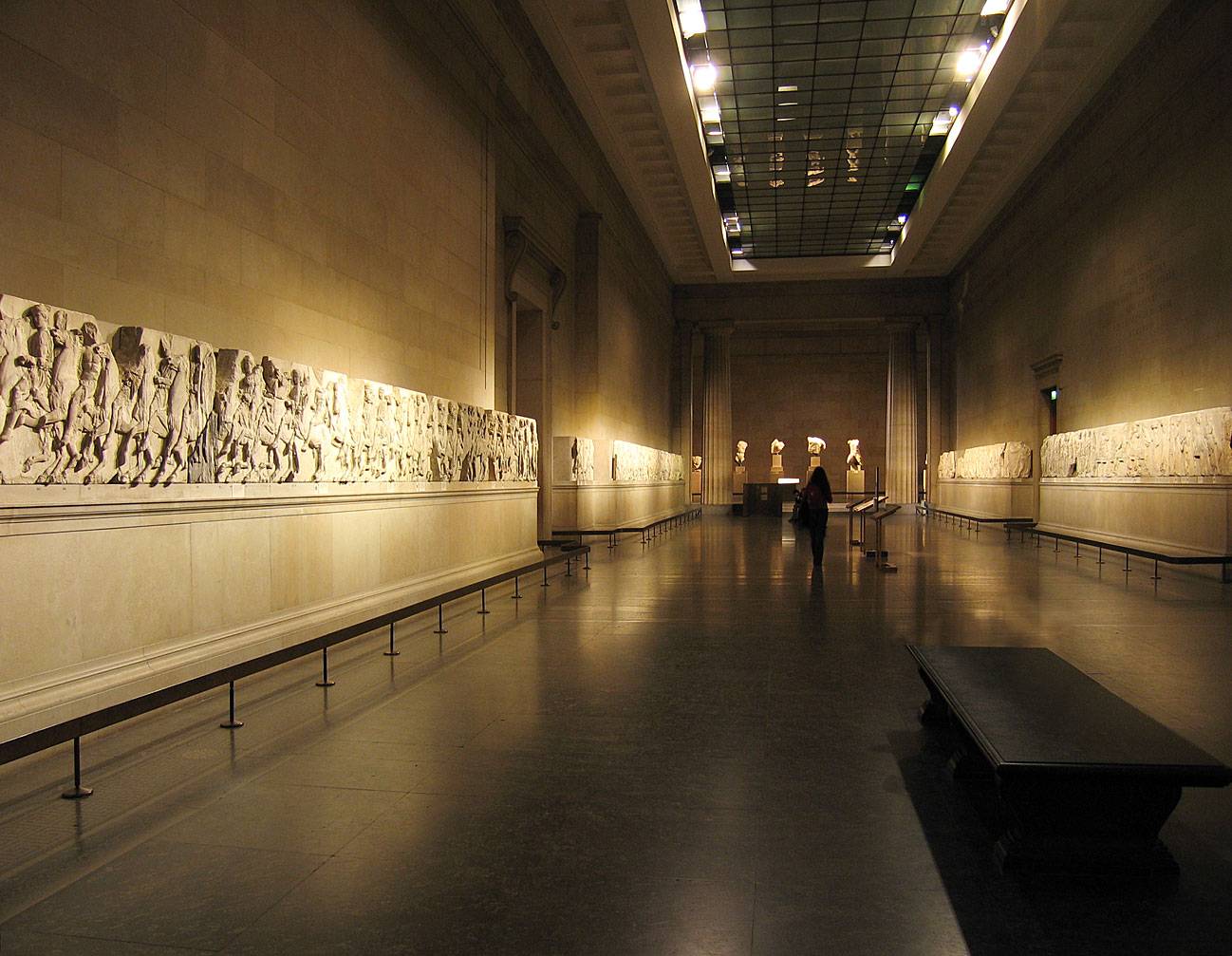
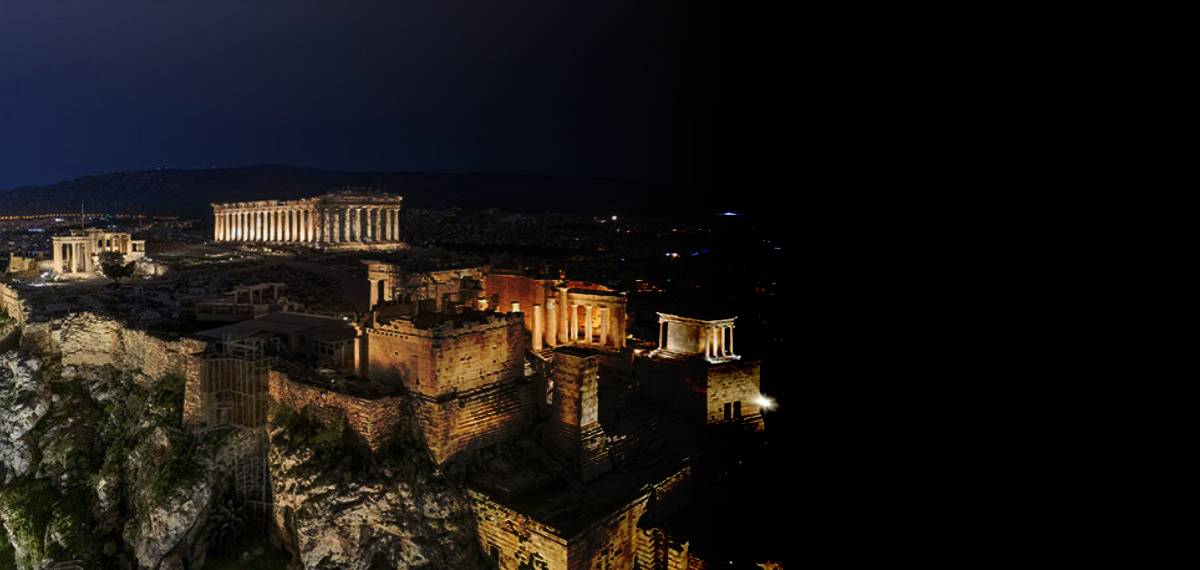
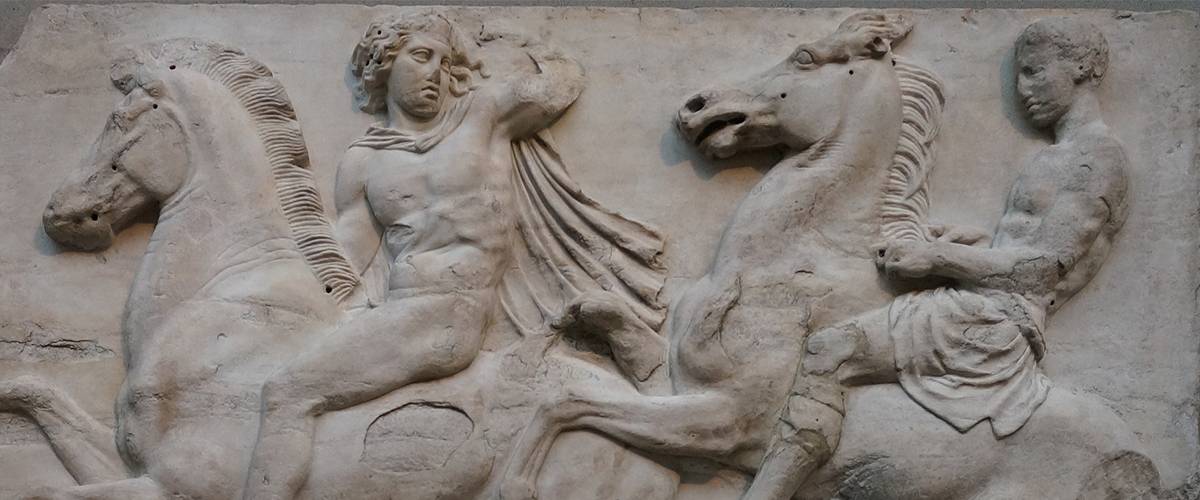

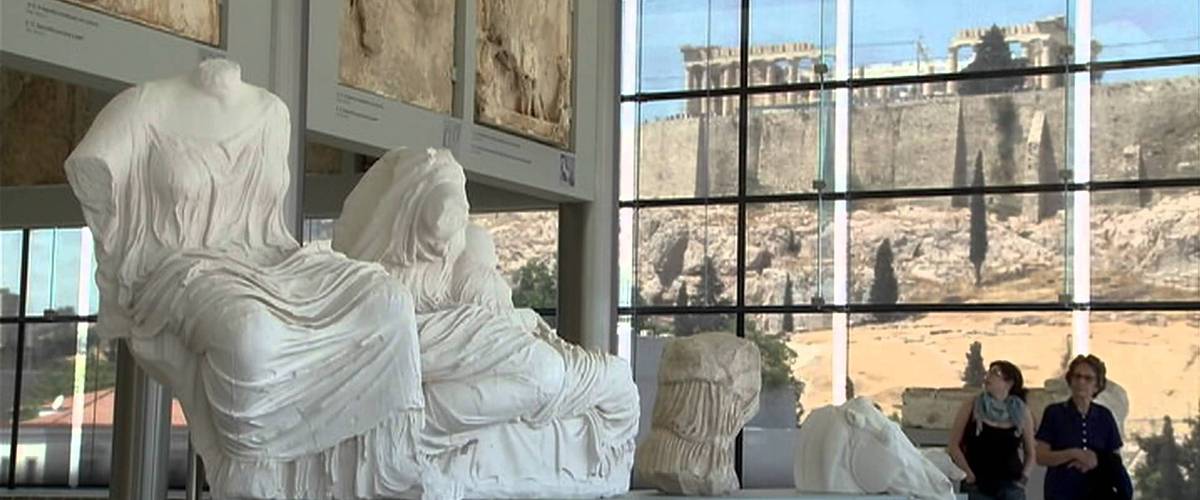
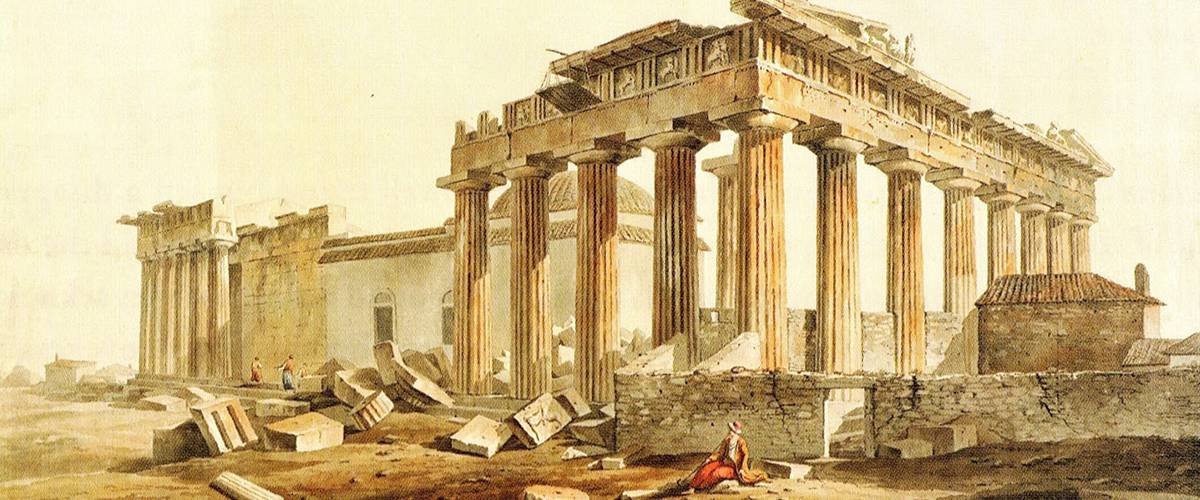

Comments powered by CComment